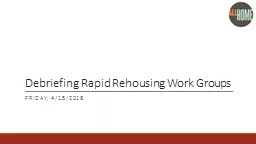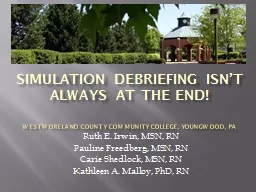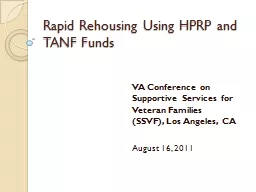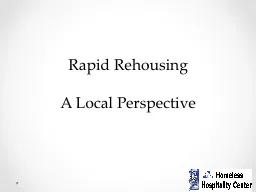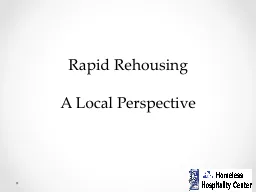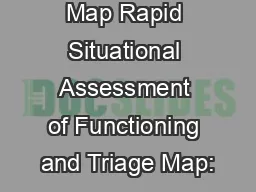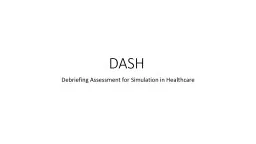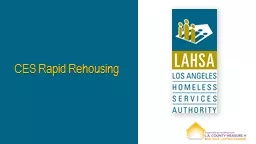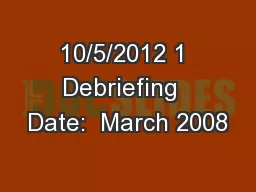PPT-Debriefing Rapid Rehousing Work Groups
Author : danika-pritchard | Published Date : 2018-02-23
Friday 4152016 Process Goals Understand how different RRH programs operate share promising practices and learn from one another Determine which components of RRH
Presentation Embed Code
Download Presentation
Download Presentation The PPT/PDF document "Debriefing Rapid Rehousing Work Groups" is the property of its rightful owner. Permission is granted to download and print the materials on this website for personal, non-commercial use only, and to display it on your personal computer provided you do not modify the materials and that you retain all copyright notices contained in the materials. By downloading content from our website, you accept the terms of this agreement.
Debriefing Rapid Rehousing Work Groups: Transcript
Download Rules Of Document
"Debriefing Rapid Rehousing Work Groups"The content belongs to its owner. You may download and print it for personal use, without modification, and keep all copyright notices. By downloading, you agree to these terms.
Related Documents

